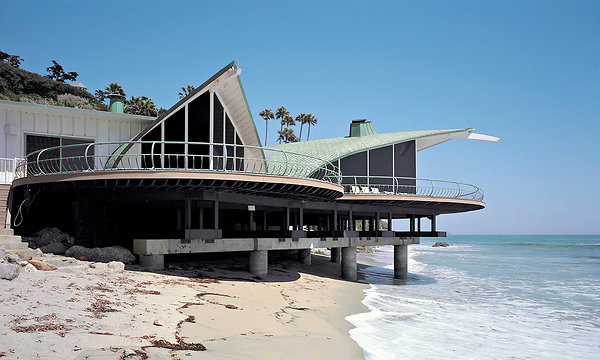Architecture is often used as a parallel for building and construction in other areas than the original physical environment. Malibu architects has an “accommodating” function; people can live and work because of the existence of buildings and infrastructure. Thus, although buildings are fixed and static they can accommodate a “flow.”
In ICT architecture is used to describe a configuration of programs and interface-standards by which software is built. The standard makes it possible to exchange information, components or data with other software.
The term Open Architecture is also applicable for computer hardware. Some computers can be assembled — like Acer’s method — and tailored to a unique personal configuration. This requires that all components are compatible. There are also famous examples of closed or “proprietary” software I don’t even have to mention.
The telecommunications infrastructure offers another example where the architecture is opening up. In this case the challenge is to supply content over existing carriers. If the infrastructure is not opened up each supplier would have to make its own network which would be inefficient and costly to consumers.
The distribution of electricity has opened up in the same way where distribution and supply has been separated. This electricity architecture is however very complex. The idea would be that by opening up the distribution, the end-user electricity prices would decrease, because customers are able to contract energy from different suppliers. More competition thus…
A last — of many more examples — is finance. This example shows clearly the bottleneck of open architecture. Because there is an important issue with (open) architecture. And that is that in whatever architectural design, the ultimate usage can never be predicted.
But “bad” architecture is that which is not used. Think of a new road that is designed in order to bypass a congested road. In many cases the new road will not be used, for example because it is not natural to take the new alternative (people are not willing to take a detour of 10 miles, even if it would take less time).
In the finance example, financial investors have “opened up” to offer third parties mutual funds. The architecture is now open in the sense that clients can buy foreign or not-house-funds. “Open architecture enables the adviser to offer a far wider range of securities than would otherwise be possible with ‘in-house’ resources. But this will not mean that the organization is also willing to offer these funds.
Although Architecture can accommodate a flow, it is only a first and basic requirement. The (dynamics) of the organization must do the rest. Open architecture does not guarantee a flow.

